What’s The Best Gluten-Free Bread You Can Actually Buy?
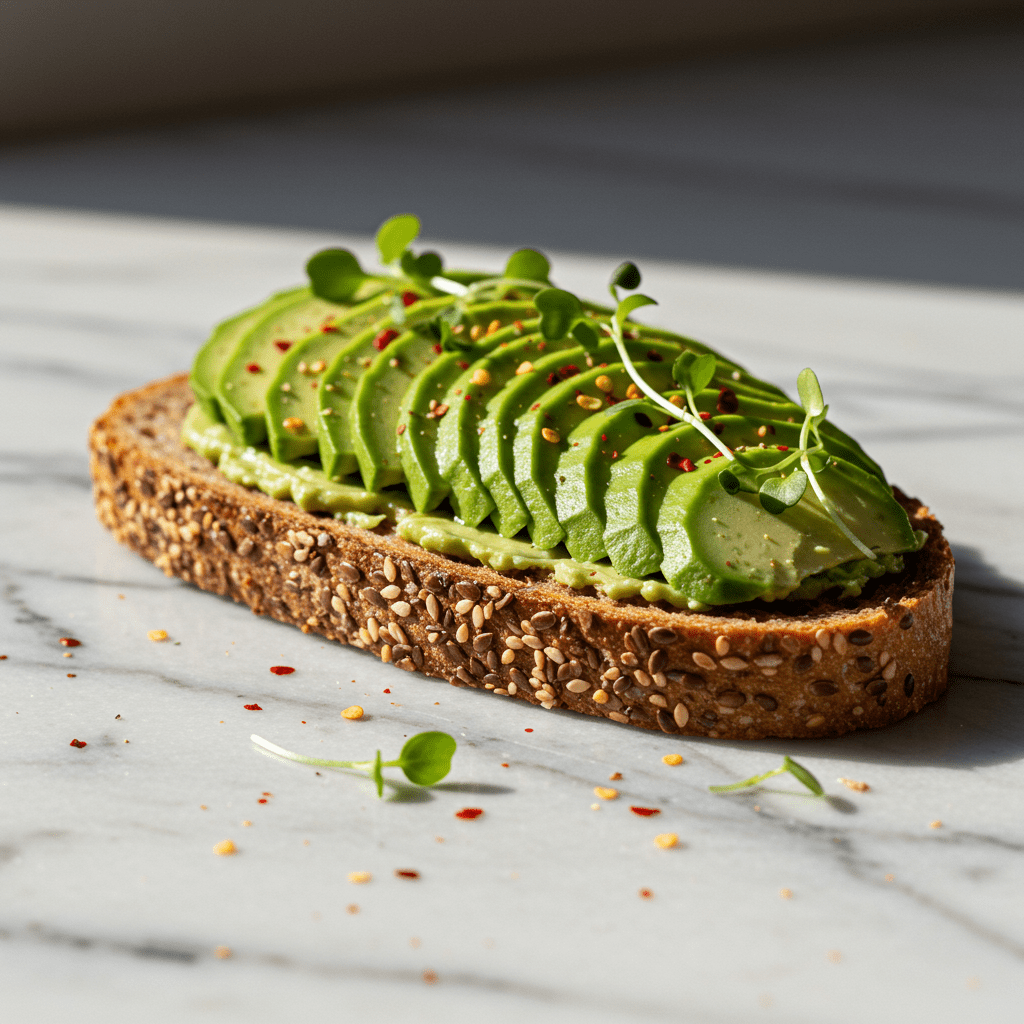
Let’s be honest: the search for good gluten-free bread can feel like a quest for the holy grail. You’ve likely experienced the disappointment of a loaf that crumbles at first touch, has a strange, gummy texture, or simply lacks any real flavor.
As a Registered Dietitian, I’ve guided countless clients through this exact frustration. Whether you have celiac disease, a gluten sensitivity, or are just exploring different dietary options, you shouldn’t have to sacrifice the simple joy of a great slice of bread.
This guide is designed to cut through the noise. We’ll go beyond a simple list and dive into what truly makes a gluten-free bread great, how to decode the labels like a pro, and my personal, taste-tested favorites that I recommend to clients and enjoy myself.
- Why Is Finding Good Gluten-Free Bread So Difficult?
- What Should You Actually Look For on the Label?
- Are Sprouted Gluten-Free Grains a Better Choice?
- The Dietitian’s Shortlist for Best Sandwich Bread
- My Go-To Breads for Perfect Morning Toast
- What if You’re Paleo or Low-Carb?
- My Pro Tip for Making Any GF Bread Taste Better
- A Crucial Note on Celiac Disease and Certification
- Conclusion
Why Is Finding Good Gluten-Free Bread So Difficult?
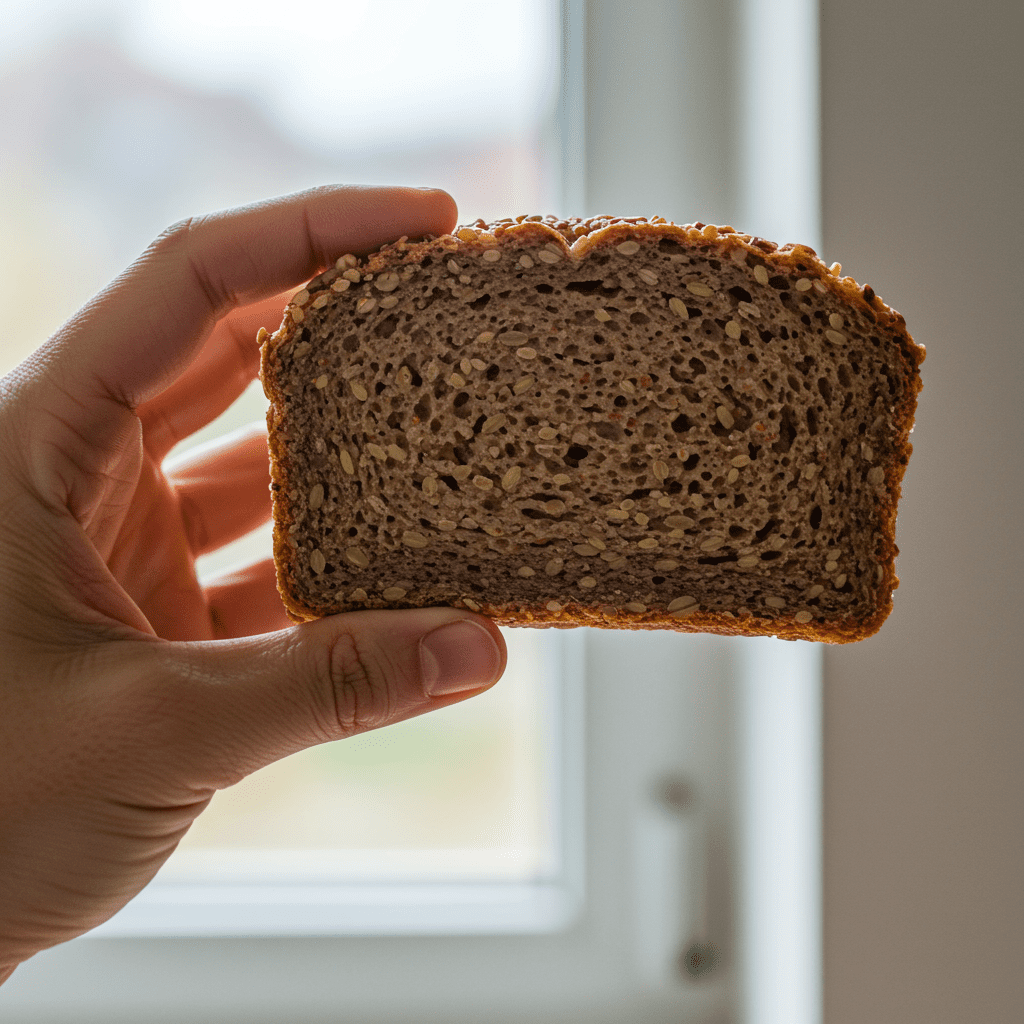
To understand why so many gluten-free breads miss the mark, we have to talk about gluten itself. Gluten is a protein found in wheat, barley, and rye, and it’s a baker’s best friend.
It creates an elastic network that traps air, giving traditional bread its signature chewy, airy structure. When you remove gluten, you lose that structural integrity.
Bakers must use a complex blend of alternative flours, starches, and binders to try and replicate that texture. This is why early versions of gluten-free bread were often dense, dry, and crumbly.
Thankfully, food science has come a long way, and today’s best options use innovative ingredients to create a much more satisfying experience.
What Should You Actually Look For on the Label?
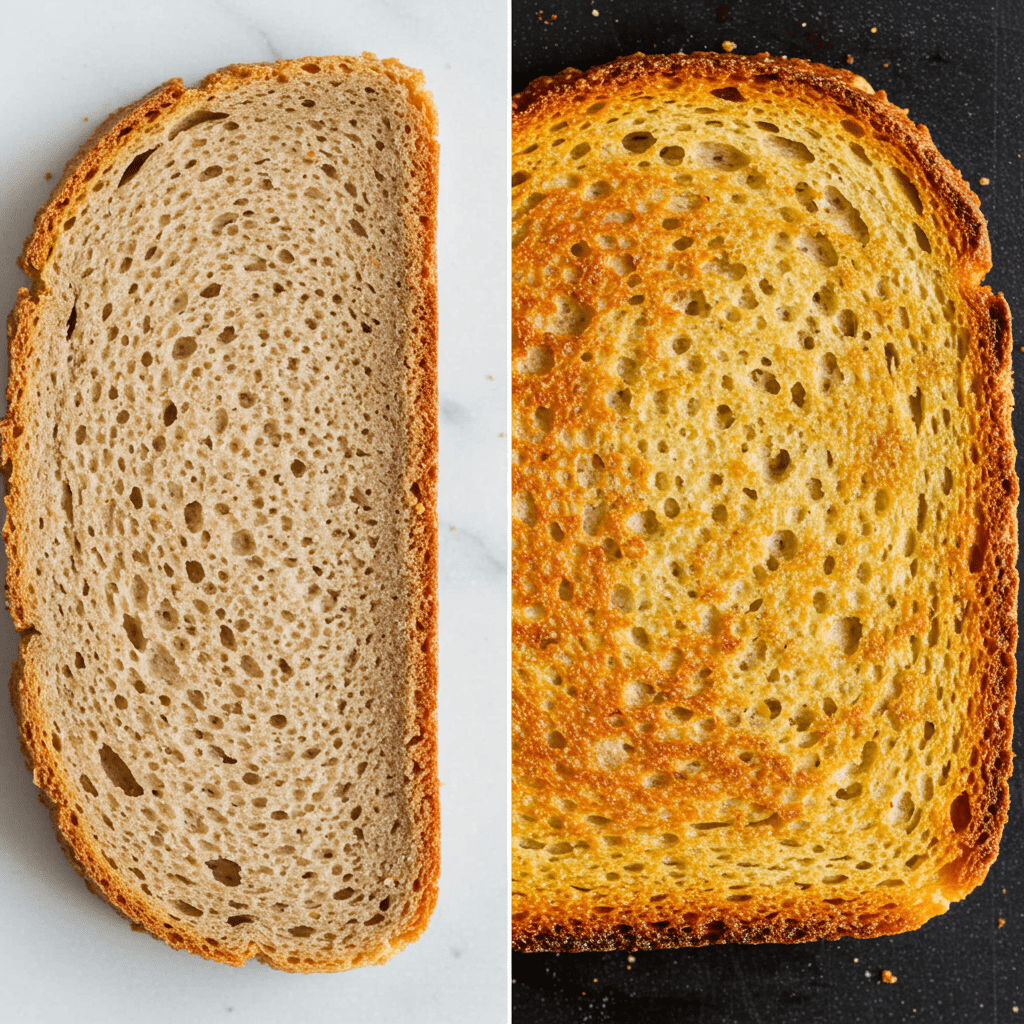
Navigating the bread aisle is easier when you know what to look for. It’s a skill that applies beyond bread, helping you discern whether popular drinks like Vitaminwater are actually good for you. As a dietitian, I look past the front-of-package claims and go straight to the nutrition facts and ingredient list. A higher price tag doesn’t always mean a better-quality bread.
- Meaningful Fiber: Fiber is essential for gut health, blood sugar balance, and feeling full. Yet, many gluten-free breads made from refined starches are notoriously low in it. I recommend looking for at least 2-3 grams of fiber per slice. According to research from the Harvard T.H. Chan School of Public Health, adequate fiber intake is a cornerstone of a healthy diet. Breads using whole-food ingredients like psyllium husk, flax seeds, or whole gluten-free grains are more likely to meet this mark.
- Some Source of Protein: Protein, like fiber, contributes to satiety. It helps turn a simple piece of toast into a more sustaining snack or meal component. Look for 3-5 grams of protein per slice. This often comes from ingredients like nut flours, seeds, or added pea or egg protein.
- Recognizable Whole Grains: Don’t assume ‘gluten-free’ means ‘whole grain.’ The Whole Grains Council lists many wonderful gluten-free grains like millet, sorghum, quinoa, buckwheat, and amaranth. Seeing these high up on the ingredient list is a great sign that the bread offers more than just empty starch.
- Mind the Sugar: To improve flavor and browning, some brands add a surprising amount of sugar. Check the ‘Added Sugars’ line on the nutrition panel and try to choose a loaf with 2 grams or less per slice.
Are Sprouted Gluten-Free Grains a Better Choice?

You might see the term ‘sprouted’ on some gluten-free breads, and for good reason. Sprouting is the process of germinating grains or seeds before they’re milled into flour.
The Cleveland Clinic notes that this process can unlock nutrients and make them easier for our bodies to absorb. Some people also find sprouted grains easier to digest.
While not a requirement for a healthy bread, if you see a gluten-free bread made with sprouted quinoa, millet, or other seeds, it’s often a sign of a high-quality, nutrient-dense product. Brands like Food for Life with their ‘Sprouted for Life’ line are a great example of this.
The Dietitian’s Shortlist for Best Sandwich Bread
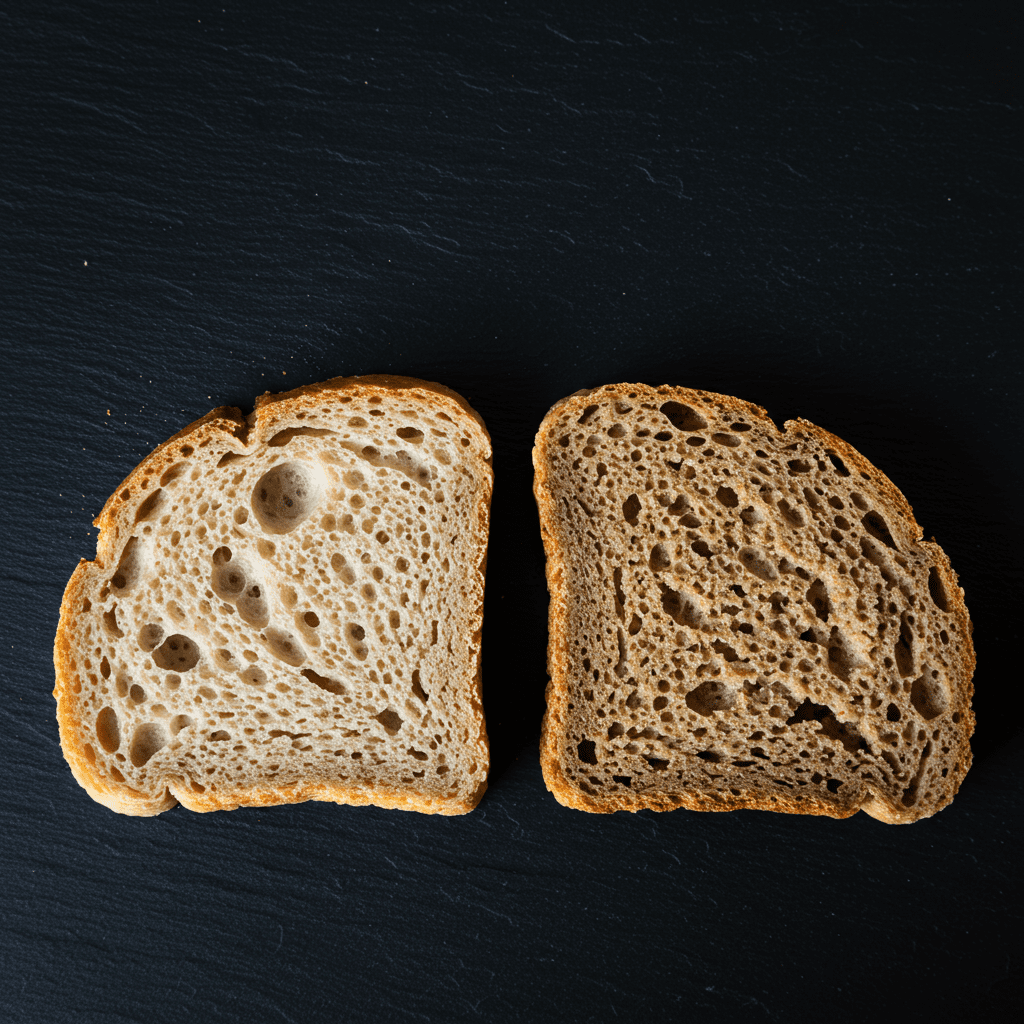
For a sandwich, you need a bread that can stand up to fillings without getting soggy or falling apart. It should have a pleasant, neutral flavor and a soft, but not gummy, texture.
After many trials, these are my top recommendations that deliver on structure and taste.
- Canyon Bakehouse Heritage Style Whole Grain: This is often my top recommendation for newcomers. It’s soft right out of the bag, has a classic bread-like texture, and is widely available. With 2 grams of fiber and 3 grams of protein per slice, it holds up beautifully to everything from turkey and avocado to a hearty PB&J or even a creamy, high-protein chicken salad.
- Schar Artisan Baker Multigrain: Schar is a pioneer in the gluten-free space, and their Artisan Baker line is fantastic. The slices are a good size, and the blend of sourdough, millet, quinoa, and seeds gives it a sophisticated flavor and sturdy structure. It also toasts exceptionally well.
My Go-To Breads for Perfect Morning Toast
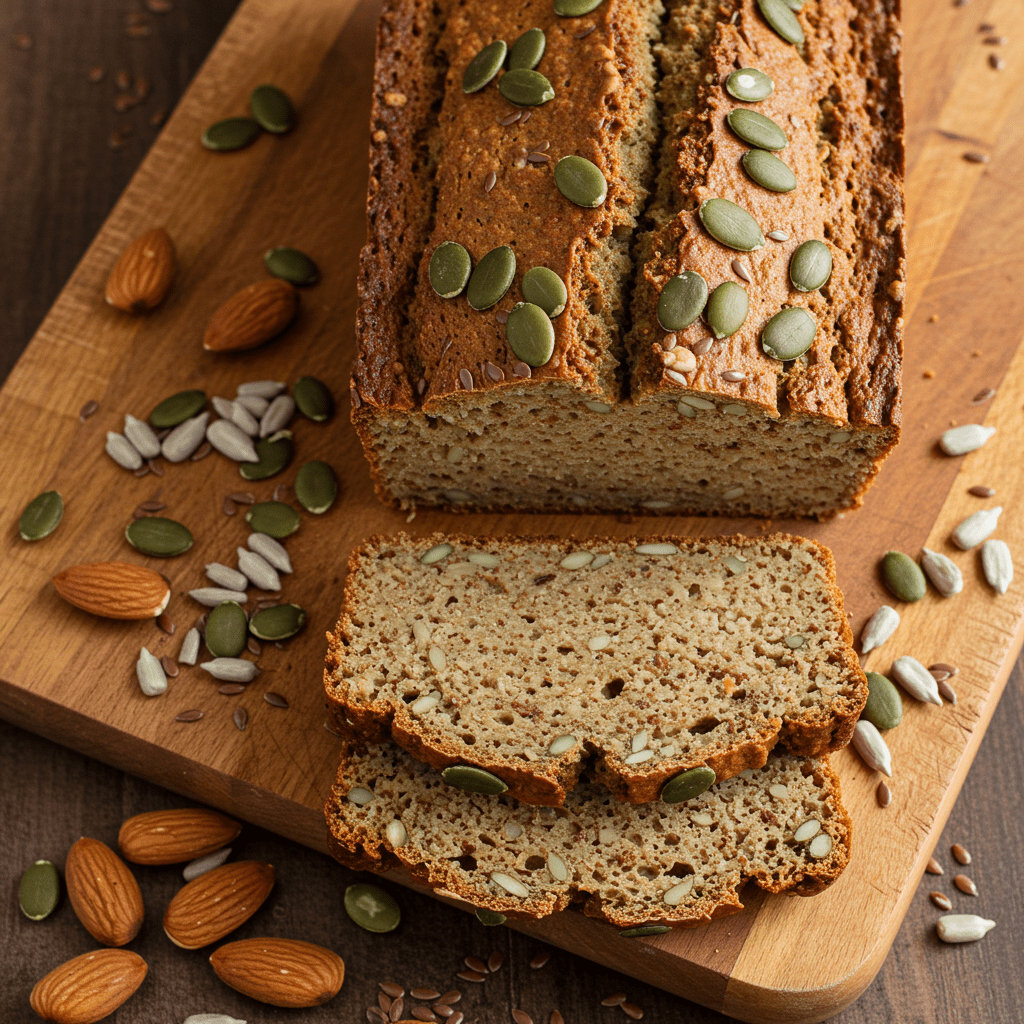
Toasting changes everything for gluten-free bread, often improving the texture and bringing out nutty flavors. The best breads for toasting get crisp on the outside while staying pleasantly soft in the middle.
- Udi’s Omega Flax & Fiber Bread: An old favorite for a reason. When toasted, this bread develops a fantastic crunch. The flax seeds give it a lovely, nutty flavor that pairs wonderfully with butter, jam, or avocado. It’s a reliable choice that delivers that satisfying toast experience.
- Simple Kneads Organic Quinoa Power Grains: This sourdough-based bread is a flavor powerhouse. Made with a blend of quinoa, millet, and sorghum, it has a hearty, slightly tangy flavor that deepens with toasting. It’s dense, satisfying, and makes for a truly substantial piece of toast.
What if You’re Paleo or Low-Carb?
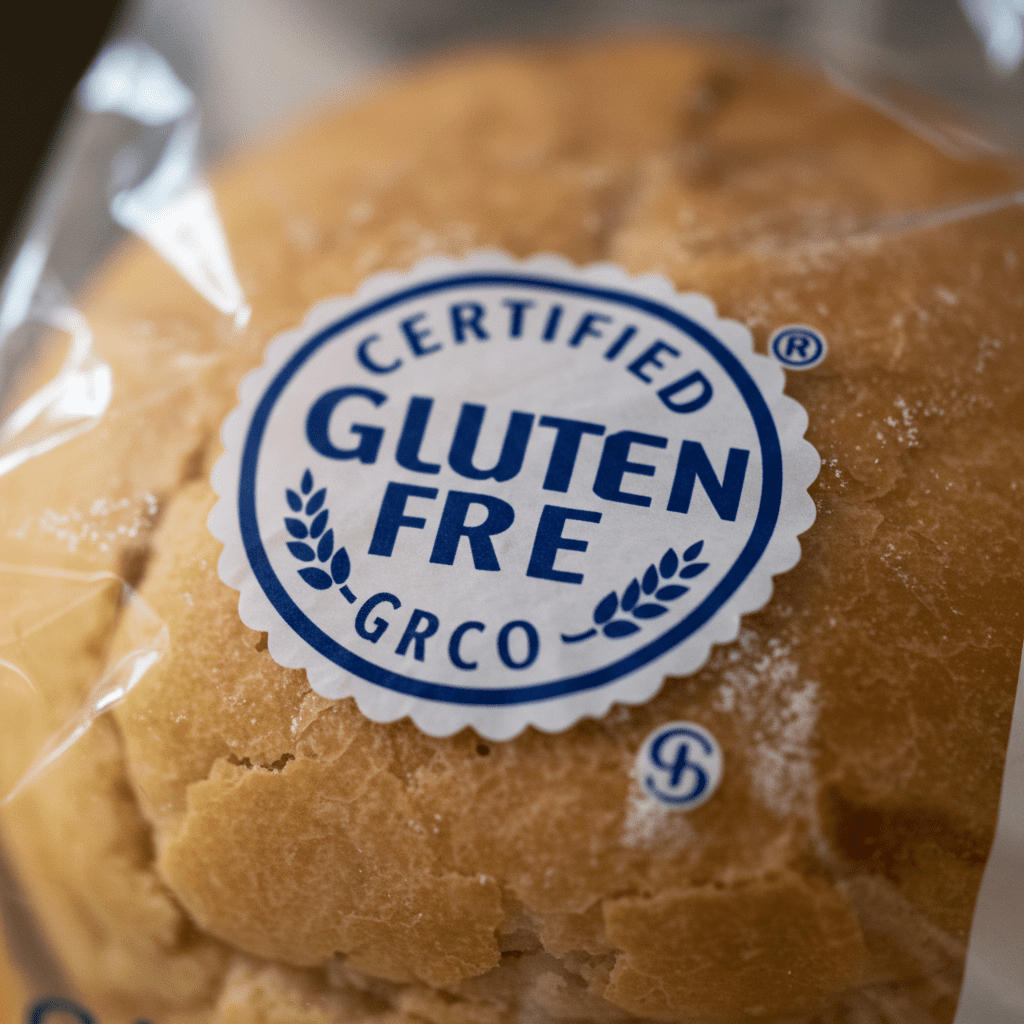
For those following a grain-free, Paleo, or lower-carb diet, traditional gluten-free breads are still off the table. Luckily, there are some excellent alternatives made from nut flours, seeds, and eggs.
- Base Culture 7 Nuts & Seeds Bread: This is a top-tier choice in the Paleo category. It’s incredibly satisfying due to its high protein and healthy fat content from ingredients like almond butter, eggs, and a host of seeds. It has a dense, moist texture that is amazing when toasted and topped with a little sea salt. It feels less like bread and more like a savory, sliceable superfood.
- Unbread Gluten-Free Bread: Made with a base of cassava and coconut flour, this bread is another great grain-free option. It’s known for its high fiber and lower net carb count, making it a favorite in the keto and low-carb communities. The texture is unique—very moist and hearty—and it holds together well for sandwiches.
My Pro Tip for Making Any GF Bread Taste Better
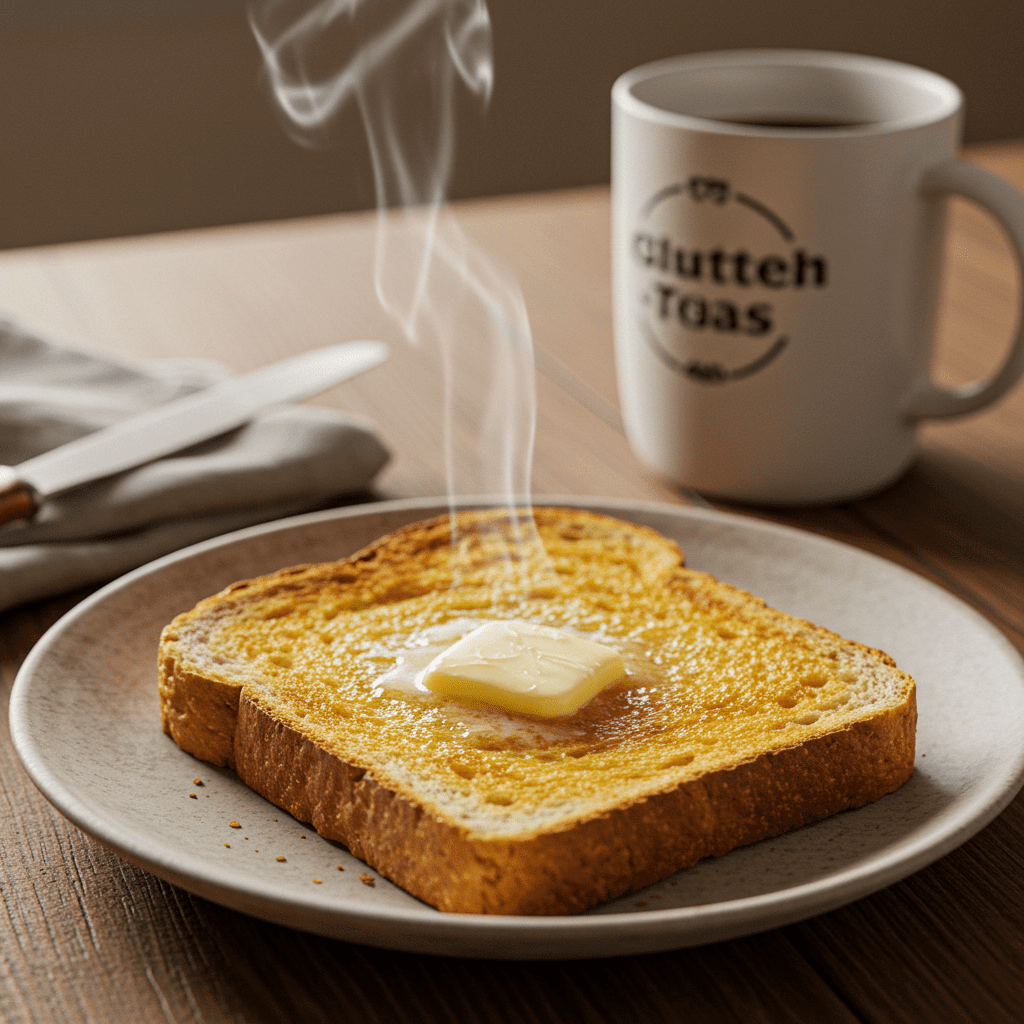
If there’s one piece of advice I can give you, it’s this: toast your gluten-free bread! Even the softest brands benefit from a quick trip through the toaster or a few minutes in a hot pan with a little butter or olive oil.
The heat reactivates the starches and binders, which helps drive off extra moisture, eliminate any hint of gumminess, and creates a much more pleasant, crisp texture. It’s a simple step that can transform a ‘meh’ slice into a ‘wow’ slice.
For long-term storage, always keep your loaf in the freezer. This preserves its freshness and prevents it from getting stale or moldy, as many gluten-free breads lack the preservatives of their conventional counterparts.
A Crucial Note on Celiac Disease and Certification
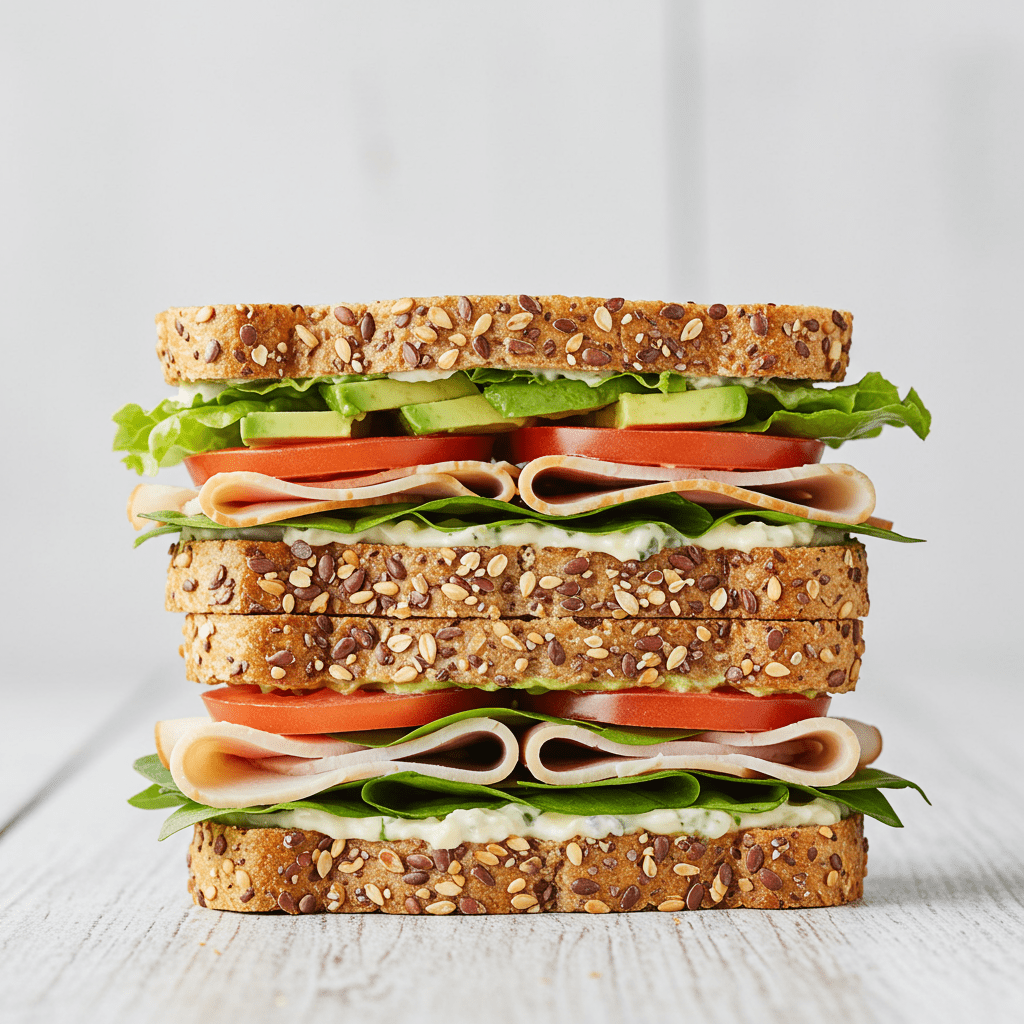
If you have celiac disease, avoiding gluten is non-negotiable for your health. It’s critical to choose breads that are not just made with gluten-free ingredients, but are also certified gluten-free.
This certification ensures the product has been tested to contain less than 20 parts per million (ppm) of gluten and is manufactured in a way that avoids cross-contamination with gluten-containing products. According to the Celiac Disease Foundation, this is the only way to ensure a product is truly safe for those with celiac disease.
Always look for the ‘Certified Gluten-Free’ seal from a reputable organization like the GFCO on the packaging.
Conclusion
Finding a gluten-free bread you love can genuinely improve your quality of life. It brings back the simple pleasures of a quick sandwich for lunch or a warm piece of toast with your morning coffee.
While the journey might involve some trial and error, I hope this guide empowers you to shop with confidence. Remember to prioritize fiber and protein, don’t be afraid to try brands with whole gluten-free grains or sprouted seeds, and never underestimate the transformative power of a toaster.
Your perfect loaf is out there.
